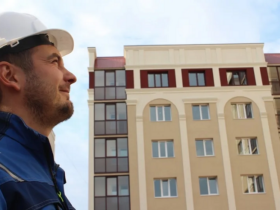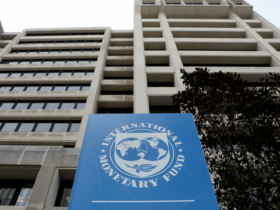The most important part of the general complex of laying pipes is thermal insulation work. It is on them that the overall period of the pipeline service and the resistance of the pipeline to the effects of external factors as a whole depends on them. Thermal insulation of pipelines is the necessary component to protect the outer surface of the pipeline from the exposure of the external environment in the form of land containing salt, acid or moisture. Regardless of where exactly the pipeline is laid, in the soil of Kazan or St. Petersburg, the quality of the entire technological process should be performed at the highest level.
For such thermal insulation, cylinders with or without such and shaped elements are usually used. Swalled – used for pipelines of heating networks for underground or aboveground installation, in those areas where non -combustible insulation is necessary, for example, in rooms, tunnels or basements. The shaped elements isolated not only the direct parts of the pipeline, but also the winding, complicated areas, including transitions, bends, tees or shut -off valves.
Work on the installation of insulation begins with cleaning the surface of the pipes from foreign objects and pollution, then a primer or painting follows and, finally, a direct insulation overlay. However, it must be borne in mind that all efforts can come to naught if, as a result of the movement of pipes or lowering it into a prepared trench, some damage to the finished thermal insulation of the pipeline occurs. Such an incident can lead to the development of the corrosion zone and premature through rusting, which can prove itself five to seven years after the start of operation. In this regard, it is extremely important to carry out all the installation of isolation with increased thoroughness and accuracy in order to avoid problems, and give the opportunity to serve thermal insulation for a long time without any problems.










